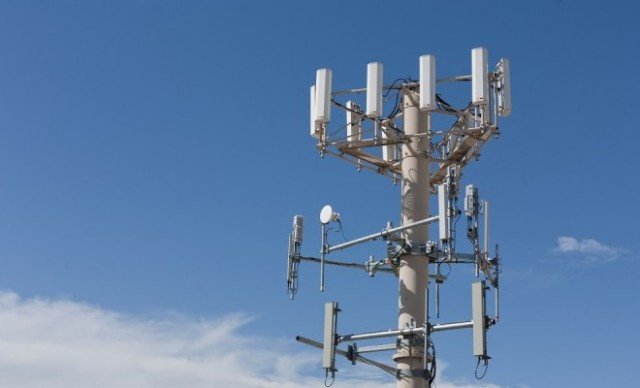MTN Consulting’s anticipated forecast for the telecommunications operator (telco) market in 2023 is encountering turbulence, with early 3Q23 reports signaling a potential downward shift in spending and growth metrics. The expected capex of $320B, a slight decrease from 2022’s $328B, might be in question as recent revenue reports cast shadows on the optimistic forecast.
 Reports from vendors catering to the telco market hint at a troubling scenario, particularly with a more severe dip in the Americas than initially projected. Additionally, the anticipated growth in Asia for 2023 has not come to fruition. This unexpected turn is attributed to several factors including inventory corrections, macroeconomic uncertainties (primarily revolving around interest rates), and a general weakening in telco spending.
Reports from vendors catering to the telco market hint at a troubling scenario, particularly with a more severe dip in the Americas than initially projected. Additionally, the anticipated growth in Asia for 2023 has not come to fruition. This unexpected turn is attributed to several factors including inventory corrections, macroeconomic uncertainties (primarily revolving around interest rates), and a general weakening in telco spending.
Key vendors pivotal in this market landscape are reporting substantial year-over-year drops in revenue. Ericsson and Nokia witnessed alarming declines in Network Infrastructure sales to telcos, with reductions of 11 percent and 16 percent respectively, measured in US dollars.
Other notable vendors like NEC, Fujitsu, and Samsung displayed fluctuating figures with +1 percent, -52 percent, and -41 percent year-over-year growth rates. Meanwhile, Adtran, Casa, and Juniper experienced declines of 29 percent, 7 percent, and 20 percent respectively. The situation was no different for fiber-centric vendors Clearfield, Corning, CommScope, and Prysmian, all reporting double-digit declines in their revenues.
MTN Consulting, set to formally update its operator forecast next month, is signaling a cautionary tone, flagging a weaker spending outlook compared to earlier expectations. The anticipated telco capex for 2023 might hover around $300-$310B, a downward revision from the initial forecast.
The future of the telco market in 2023 appears to be shrouded in uncertainty, prompting industry stakeholders to brace for potential challenges ahead. The imminent update from MTN Consulting will likely shed more light on the direction and factors influencing the market’s trajectory.
The research agency earlier said the top three Telco NI vendors are Huawei, Ericsson, and Nokia. They account for 37.5 percent of the total market in annualized 2Q23, or 39.5 percent in 2Q23 alone.
While the trio has captured >40 percent share of the market for most of 2016-22, Huawei’s share has fallen recently, and all three giants have been pressured by vendors in the cloud and IT services space (e.g. Amazon, Microsoft, Alphabet, Dell, VMWare…).
Huawei has dropped in recent quarters, but remains dominant due to China.
Ericsson’s share decline was a function of lower RAN spending among its largest customers as the 5G rollout pace ebbs. The Swedish vendor hopes to offset this decline soon with new revenues from its blockbuster acquisition of network API platform vendor, Vonage.
Nokia picked up in 2Q23 thanks to the strong RAN growth in India along with some benefits from catch-up sales related to 2022’s supply chain challenges.
ZTE and China Comservice have been jostling for the 4th and 5th positions since early 2019, but it’s important to note that China Comservice is predominantly owned by Chinese telecom companies and lacks complete independence.
CommScope jumped one place to secure 6th position, while Intel held the 7th position thanks to its involvement in various telco projects, including data centers, virtualization, and edge computing, both directly and as an OEM provider.
NEC maintained its 8th position, while Amdocs and Fiberhome ousted Cisco to secure 9th and 10th position, respectively, in the annualized 2Q23 period.
